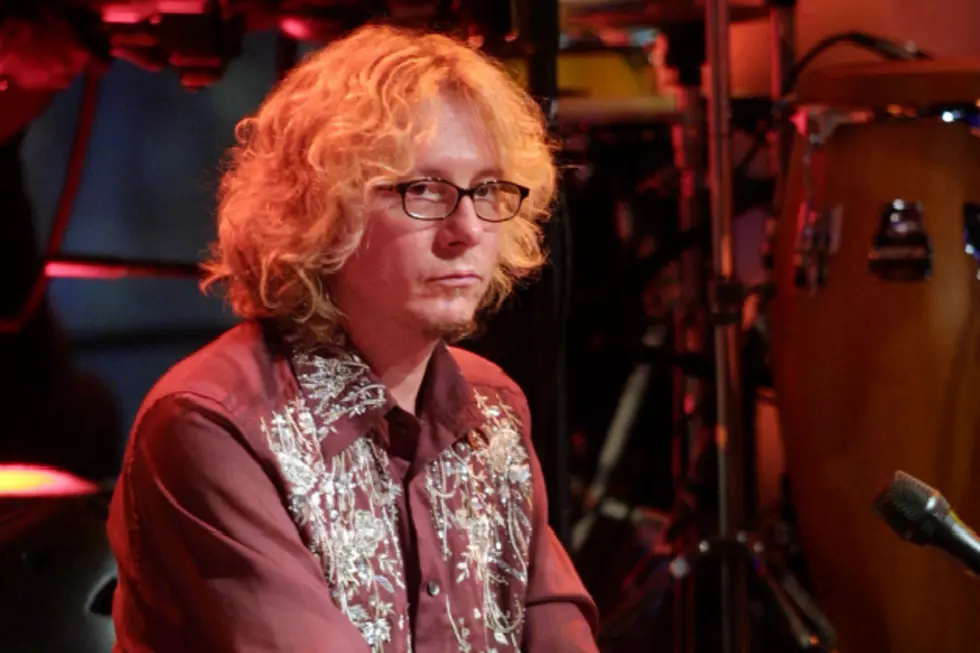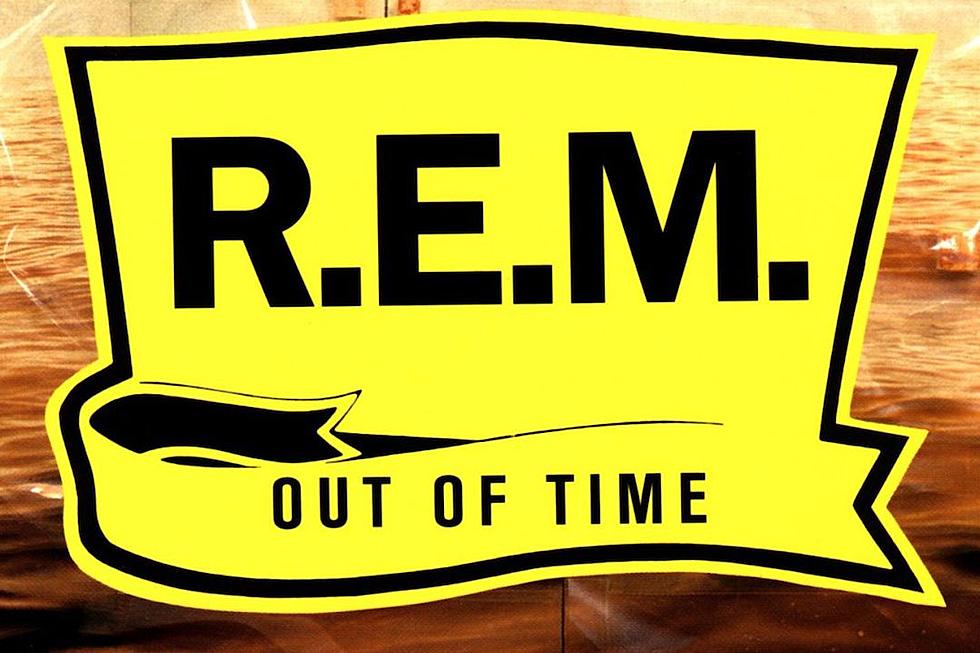
Revisiting R.E.M.’s Cursed ‘Monster’ Tour
Few established bands fared better than R.E.M. during the early '90s. While their '80s college radio peers were swiftly done in by grunge's incoming class, the little band that Athens, Ga., built seemed to just keep getting bigger. They entered the decade with a softer sound: Although Out of Time (1991) and Automatic for the People (1992) may not have sounded like the R.E.M. fans were expecting, the albums did huge business.
But it was 1994 now, and the band was ready to rock again. Monster promised a return to the basics -- drum, bass, guitar, and Michael Stipe's eclectic vocals, not a mandolin in sight. For the most part the album delivered on that promise. Tracks like "I Don't Sleep, I Dream" fit well with R.E.M.'s early, pre-Warners tracks.
It should have been smooth sailing for a band on top of the world as R.E.M. was, but from the beginning Monster was a monster. Writing sessions had just begun when the first tragedy hit. In a September 1994 interview, "I lost a friend in October," Stipe told Newsweek. "River Phoenix was a very, very close friend of mine. And I've never suffered such a profound loss. I couldn't write for five months. We had started the record in September. I'd written two songs and then River died. And, having written Automatic for the People, I was not about to write another record about death and loss. So it took me five months to sit down and write again.
The band dedicated the finished album to Phoenix and even had his younger sister, Rain, record backing vocals for "Bang and Blame," the album's second single.
After Stipe's period of grieving, the band got back to making the record. Drummer Bill Berry and bassist Mike Mills both fell ill during the sessions, but overall recording in Atlanta went well -- tense at times, but well. And then tragedy struck again.
"Then, halfway through making Monster," Stipe continued. "Kurt [Cobain] died. At that point, I just threw my hands up and wrote 'Let Me In.' That was me on the phone to him, desperately trying to get him out of the frame of mind he was in ... In the most big-brotherly way -- God, I hate that term -- in the most genuine way, I wanted him to know that he didn't need to pay attention to all this, that he was going to make it through. If R.E.M. had sold 5 million copies of Murmur, none of us would be alive to tell the tale.
Not only were Stipe and Cobain good friends, but the Nirvana singer was a true R.E.M. fan. In a 1994 Rolling Stone interview Cobain said that he "really liked R.E.M." and noted that Bleach's "About a Girl" was "a jangly R.E.M.-type of pop song." Later in the interview he said, "I know we're gonna put out one more record, at least, and I have a pretty good idea what it's going to sound like: pretty ethereal, acoustic, like R.E.M.'s last album. If I could write just a couple of songs as good as what they've written. ... I don't know how that band does what they do. God, they're the greatest. They've dealt with their success like saints, and they keep delivering great music."
Three months after that interview was published, Kurt Cobain was dead. Stipe and his R.E.M. bandmates soldiered on, writing and recording "Let Me In" for their lost friend.
Watch the Video for R.E.M.'s "Let Me In"
Eventually the band finished the album, and on Sept. 26, 1994, Monster hit the shelves, debuting at No. 1 in both the U.S. and the U.K. Lead single "What's the Frequency, Kenneth?" just barely missed the Billboard Top 20. Things were looking good.
The band hadn't toured since supporting 1988's Green, their Warner Brothers debut. While Stipe was reluctant to mount a world tour for Monster, drummer Bill Berry was very enthusiastic -- an ironic fact given the next episode in the Monster curse, which took place on March 1, 1995, when he suffered a brain aneurysm.
As MTV News wrote, "Ninety minutes into the concert at the Lausanne [Switzerland's] Patinoire Wednesday night, Berry was stricken by a migraine and was taken to the hospital. As Joey Peters, the drummer from Grant Lee Buffalo finished up R.E.M.’s set, Berry underwent an emergency craniotomy to clip off the aneurysm, which was on the right hand surface of his brain. There was no internal bleeding reported, and Berry, 36, is expected to remain in the hospital for the next week to 10 days.
Everything hung in the balance: the tour, the future of the band, not to mention Berry himself. Remarkably, the drummer recovered, the tour went on, and he manned the drum stool until retiring from the music business in '97.
The tour rolled on, with Sonic Youth and Radiohead opening for R.E.M. and Monster continued to sell well, chalking up millions of sales worldwide. The record's fourth single, "Crush With Eyeliner" was set for an August release while the band was still out on the road.
On July 11, 1995, it was Mills' turn to have a health scare. The bassist went under the knife to remove an intestinal tumor which, fortunately, was benign. The Monster roadshow was sidetracked again.
Before it was all over, Stipe would don a hospital gown, too. The singer claimed that the effort required to "push the notes" resulted in a hernia, and that meant three out of the band's four members required surgery during the ill-fated tour. Only guitarist Peter Buck went through it intact.
Problems aside, both the tour and the album proved quite successful. Berry returned for 1996's New Adventures in Hi-Fi, but in retrospect 1995 seems like the end of an R.E.M. era. Mills, Buck and Stipe would soldier on for future tours and albums, but as a live concern the Monster tour marked the end of the original R.E.M. as a traveling band.
R.E.M. Albums Ranked Worst to First
More From Diffuser.fm









